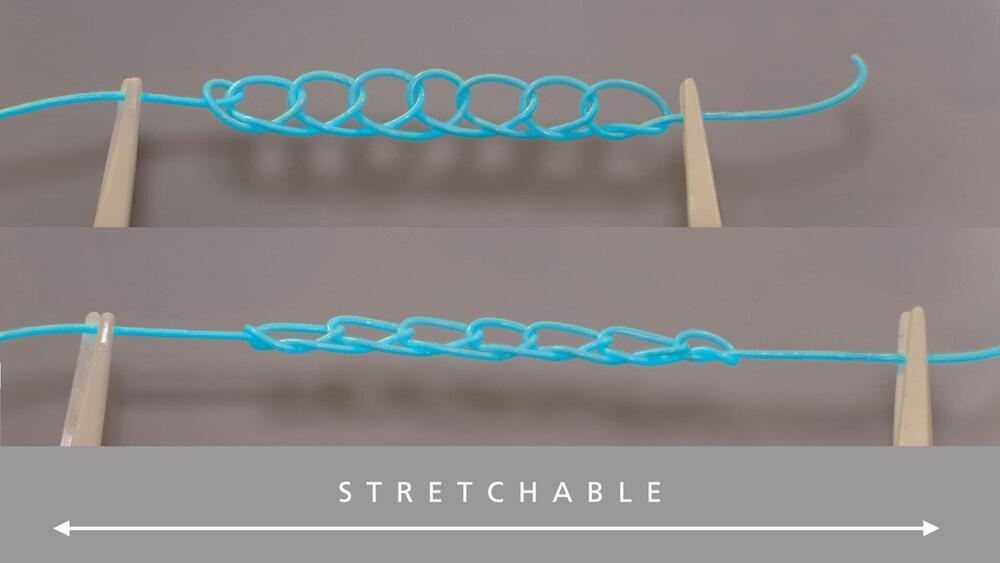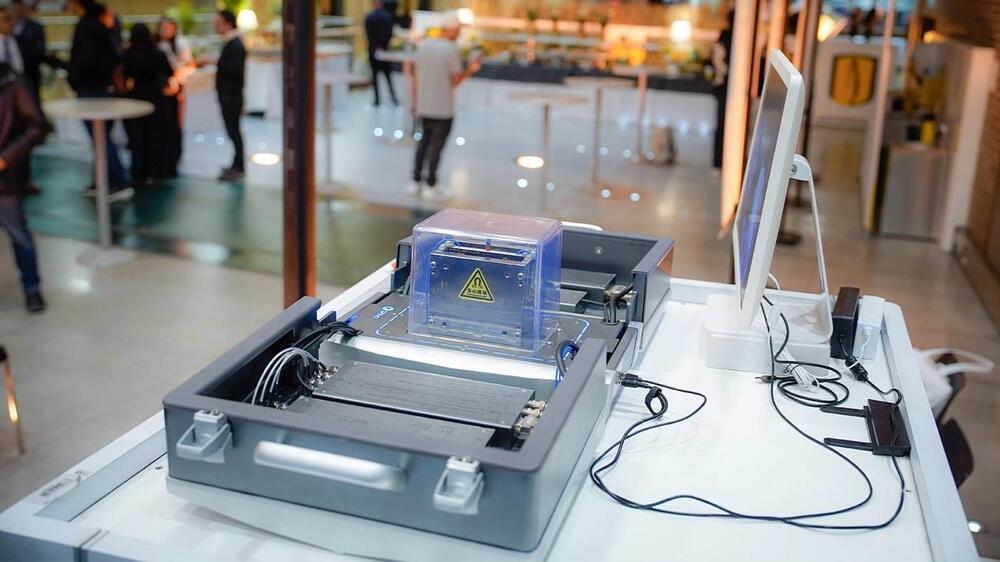Dec 8, 2024
Scientists move objects with sound, noninvasive drug delivery in reach
Posted by Shubham Ghosh Roy in categories: biotech/medical, engineering
The new sound-based method moves objects regardless of surroundings or properties.
Researchers have successfully manipulated the movement of objects using sound. They directed floating objects around obstacles in an aquatic environment, unveiling new possibilities for noninvasive, targeted drug delivery and other biomedical applications.
Researchers from EPFL’s School of Engineering employed optics-inspired techniques to achieve this object manipulation.
Continue reading “Scientists move objects with sound, noninvasive drug delivery in reach” »

















